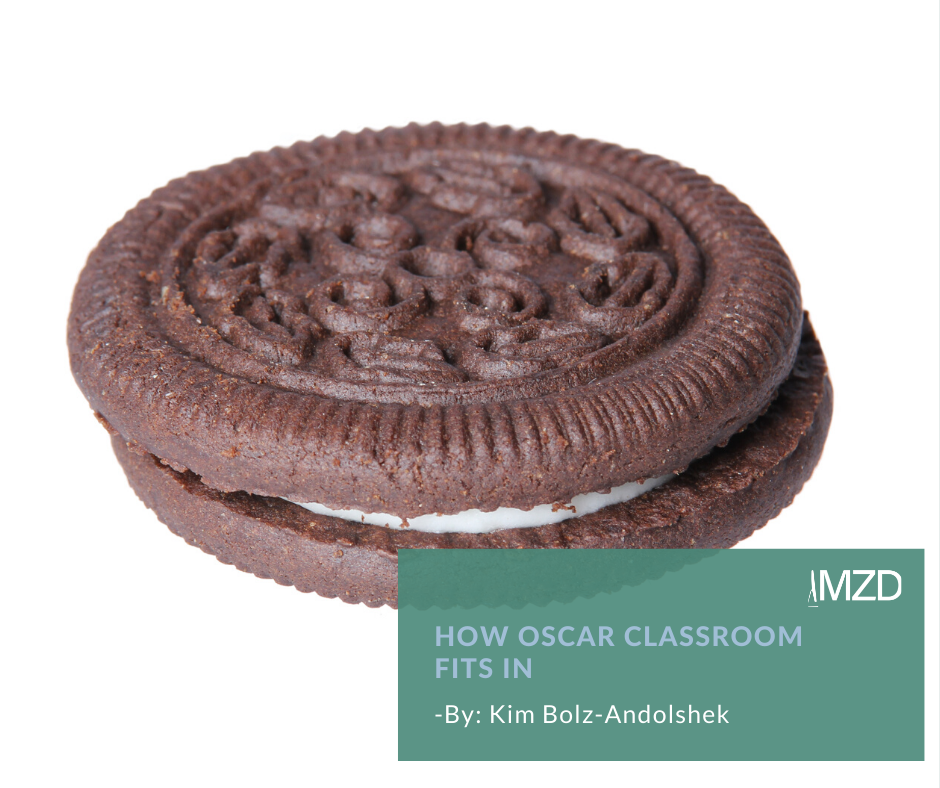I was at an educational technology conference a few years ago and I asked someone what some of the “key themes” were… they quickly answered, “Figuring out how to use what we already have!”. New technology has come in waves over the last decade. It has been amazing, but also overwhelming. Many districts love the idea of the “all in one”, but what has become apparent is most companies do what they do well, but can’t do it all!
With all the acronyms in education the software gets even more confusing. I was fortunate to spend over half of the last decade in the LMS (Learning Management System) market and it’s been great to see K-12 moving to where the LMS is part of the everyday teaching and learning space. The SIS (Student Information System) has been a mainstay for decades in K-12; it’s where all the the personal data lives and is often a required tool for districts funding and reporting. I like to think of these two systems like the outside of an Oreo cookie. They are the foundational pieces of teaching and learning and data, but what lives in the middle?
In the middle are all the other tools that support what districts do on a daily basis; content, assessment, professional learning and all the other tools that support students, staff and learning. OSCAR Classroom is one of those tools. An LMS is a great tool for daily work and conversations with students, teachers and families, but districts that support performance assessment often need more robust scoring rubrics and a second collaborative score to ensure accuracy. This is outside the scope of standard LMS functionality and is often an activity that districts need support to assist with common formative or interim checks.
Specialized software like OSCAR Classroom allows the teacher to use all their tools in a symbiotic way. OSCAR Classroom supports teachers and students in a way that has never been possible in the world of performance assessment and scoring. The benefits of collaborative scoring can be leveraged in the platform without having to endure the traditional tasks of sitting around a table to score a pile of student assignments – collaborative scoring is at their fingertips from any just about anywhere and on any device.
Teachers can quickly have virtual conversations around scoring, compare how their peers have evaluated similar work, and ultimately be able to have a more direct line of sight into the grading practices happening around them. Teachers can use a multi-trait or holistic scoring rubric and exemplars can be embedded directly into those rubrics for reference when applying scores – bringing all of their resources together to work through subjective student work.
With all of the tools in the K-12 technology space, I think the biggest takeaway is that your foundational products like a SIS/LMS are great to have, but bringing in the “supportive filling” to round out and create a balanced offering is where teaching and learning are elevated to new levels that were only possible with the introduction of specialized software like OSCAR Classroom.



